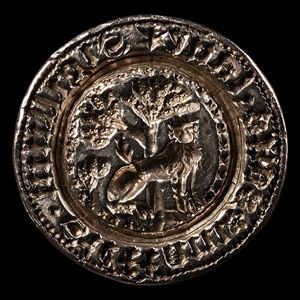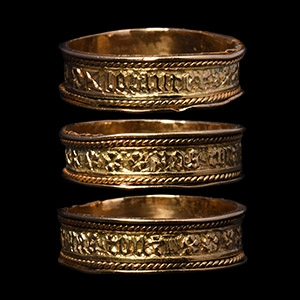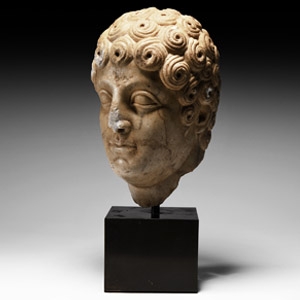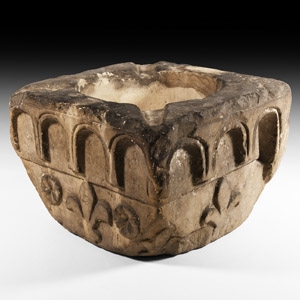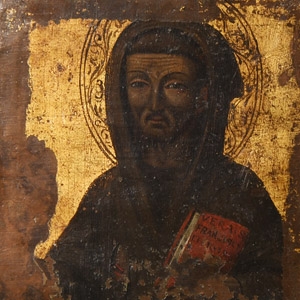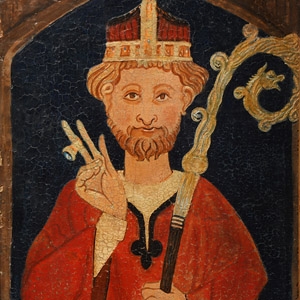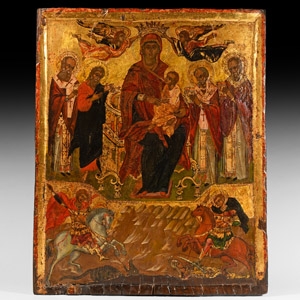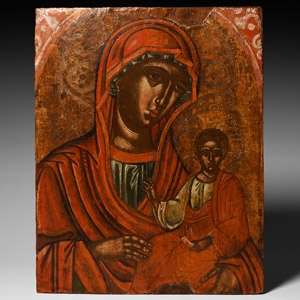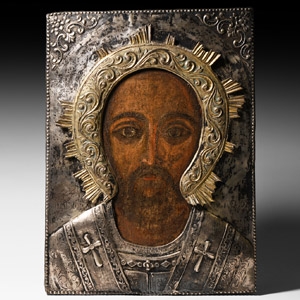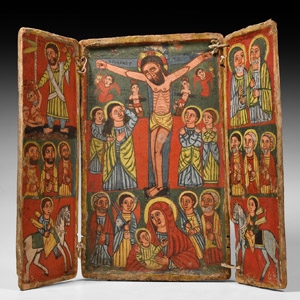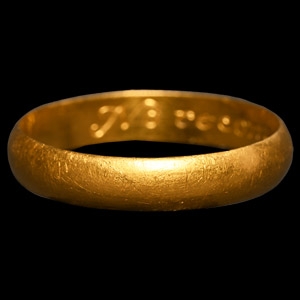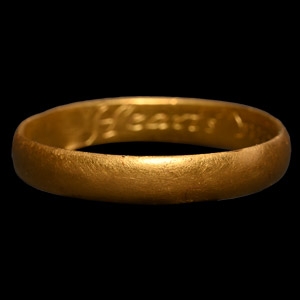Home > Auctions > 21 - 25 February 2023
Ancient Art, Antiquities, Natural History & Coins
Auction Highlights:
French collection, 1960s-early 2000s.
From an important Paris gallery, France.
This lot has been checked against the Interpol Database of stolen works of art and is accompanied by search certificate no.11660-199347.
with Hotel Des Ventes De Monte, Monaco, 14 December 2021, lot 13.
English private collection.
This lot has been checked against the Interpol Database of stolen works of art and is accompanied by search certificate no.11661-199833.
English private collection, 1980s.
This lot has been checked against the Interpol Database of stolen works of art and is accompanied by search certificate no.11662-199832.
Property of a London lady, part of her family's collection.
Cf. Lymberopoulou, A., 'The Fogg Triptych: Testimony of a case study to the society and artistic production of Venetian Crete' in Lymberopoulou, A. (ed.), Cross-cultural interaction between Byzantium and the West, 1204-1669. Whose Mediterranean is it anyway? Society for the promotion of Byzantine Studies, Routledge, London, pp.59-73, fig.4.1.
With the conquest of Crete by the Venetians, Latin saints were introduced to Byzantine iconography. Saint Francis was one of the most beloved Latin saints among the Cretan faithful, depicted in the iconography of Cretan Orthodox churches, including the Panaghia Kera of Kritsa (13th-14th century A.D.). This figure was probably part of a triptych, having at the centre the image of the Mother of God with the Child, or a Desis. The placement of Francis in this icon would suggests the owner’s strong affiliation with the Franciscan order, which had a strong presence on Crete from the 13th century onwards. It was believed that Saint Francis himself stopped on the island on his way to the Holy Land in 1219.
Ex Richard Philp, London, UK.
with W.E. Tristram (1882-1952).
Acquired from Patrick Reijgerberg, Holland March, 2003.
UK private collection.
Property of a London lady, part of her family's collection.
Accompanied by an academic report by Dr Raffaele D’Amato.
This lot has been checked against the Interpol Database of stolen works of art and is accompanied by search certificate number no.11570-198597.
Cf. Vassilaki, Images of the Mother of God, London-New York, 2016, fig.25.7, p.318, for similar icons; Tourta, A. (ed.), Icons from the Orthodox Communities of Albania, Thessaloniki, 2006, p.130.
The representation of the icon is centred on the image of the Mother of God as ‘The Sovereign’ (Vasilissa, Queen of the Universe). Here, Mary assumes the function of the protector of the believers, reinforced by the presence of the angels. Due to her earthly origin, Mary always maintained an intermediary position in the heavenly realms, becoming an indispensable intercessor on behalf of humans before the Lord. The protection offered by her is reinforced by the presence of the two major protectors of the humans against evil: Saint George and Saint Demetrius.
Property of a London lady, part of her family's collection.
See similar icon in the Princeton Art Museum, inventory number y1945-196, icon by an imitator of Emmanuel Lampardos, published in Princeton University Art Museum, Recent Accessions, record of the Museum of Historic Art, vol.4. no.2 (Autumn, 1945), pp.11-12.
The layout of the composition clearly indicates the icon's close link with Hodegetria type, the most typical iconography of the Mother of God in Byzantium since the 10th century. However, the type also recalls the iconography of the Virgin Psychosostria, i.e. 'Health of Souls'.
Property of a London lady, part of her family's collection.
Cf. similar icon (style and face) of Nikolaos Kallergis (18th century), in Byzantine Museum of Zakynthos; for the iconography of Saint Eleftherios Charalambos D. Vasilopolou, Αγιος Ελευθεριος (Saint Eleftherios, in Greek), Livani, 2019.
As bishop in Illyricum, Eleutherios promoted the cause of at a time when the persecutions not only made it difficult to win and hold converts, but also at a time when the gravest danger was in being a high-ranking prelate of the Church. Oblivious to this threat, he was acclaimed in the inner circle of Christianity as the brightest luminary of Christian Rome since the apostles. His immense popularity grew and thereby became more dangerous to the state. He was finally brought to the attention of Emperor Hadrian, who ordered his arrest, and then cast into prison, tortured, and put to death on December 15th.
Property of a London lady, part of her family's collection.
Cf. Lidov, A., 'The flying Hodegetria the miraculous icon as bearer of sacred space' in Thunø, E., Wolf, G. (eds.), The miraculous image in the Late Middle Ages and Renaissance. Papers from a conference held at the Accademia di Danimarca in collaboration with the Bibliotheca Hertziana (Max-Planck-Institut für Kunstgeschichte), Rome, 31 May - 2 June 2003, Rome 2004, pp. 273-304 (Analecta Romana Instituti Danici : Supplementum ; 35), fig.10, for a photo of the original icon.
The painting is a copy of the famous replica of the Hodegetria of Constantinople, a Byzantine icon of 14th century, repainted by the icon painter Dionisi in 1482, and today preserved in State Tretyakov Gallery, Moscow. The original icon was destroyed by the Turks at the capture of Constantinople in 1453. The replica was venerated as an 'original' real Hodegetria in the Ascension Convent in Kremlin, Moscow. The icon led the liturgical processions on June 23, August 26, May 21 and October 22 in which the Patriarchs and the Russian Tsars took part.
Acquired on the London art market, 2003.
UK private collection.
See Chojnacki, S., Major Themes in Ethiopian Painting, indigenous developments, the influence of foreign models and their adaptation, from the 13th to the 19th century, Wiesbaden, 1983, pp.172ff, fig.162, for a similar triptych.
The icon shows the Western influence on Ethiopian art. The first element is the orb which the Child holds in his left hand and the second element is the pose of his right hand. The orb appeared in Ethiopian paintings around 1500 A.D. Moreover, his hand shows two fingers outstretched, the index and middle finger, and the two last fingers folded.
Acquired on the UK antiques market between 1974-1985.
Albert Ward collection, Essex, UK.
See Evans, J., English Posies and Posy Rings, London, 1931, p.84, for this inscription.
Acquired on the UK antiques market between 1974-1985.
Albert Ward collection, Essex, UK.
See Evans, J., English Posies and Posy Rings, London, 1931, p.47, for similar examples.
193 - 204 of 2116 LOTS


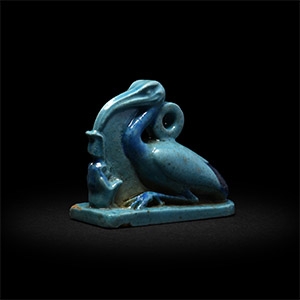



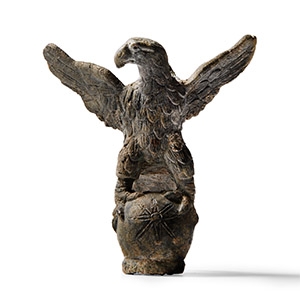
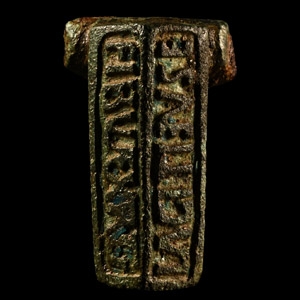

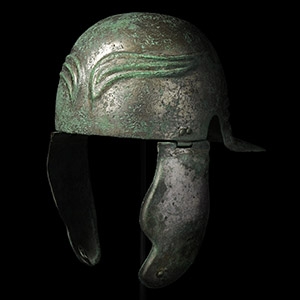
.jpg)
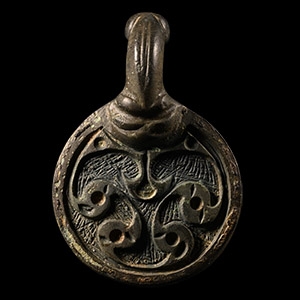
.jpg)
